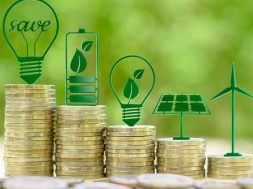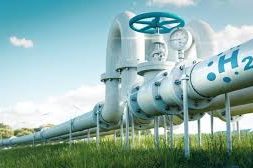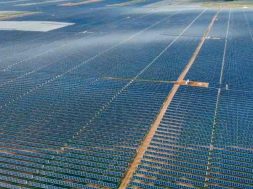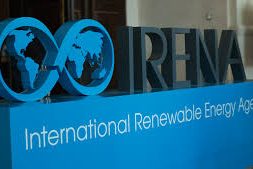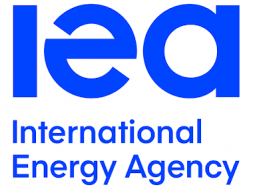
In Short : India is enhancing its weather forecasting systems to support the rapid growth of renewable energy. With rising solar and wind capacity, accurate forecasts are vital for grid stability and power management. Advanced models, AI tools, and improved satellite data are being deployed, ensuring better integration of clean energy into the national grid while reducing unpredictability.
In Detail : India is making significant strides in improving its weather forecasting systems to meet the demands of a growing renewable energy sector. As the country continues to expand solar and wind capacity, the need for precise forecasting has become more critical than ever. Reliable data on weather patterns can help balance supply and demand effectively.
The Ministry of Earth Sciences, along with specialized agencies, is deploying advanced forecasting models that leverage artificial intelligence and machine learning. These tools provide more accurate predictions on wind speeds, solar radiation, and cloud movements. Such insights play a vital role in ensuring grid reliability.
Satellite data is being increasingly integrated into the forecasting process to strengthen accuracy. With improved imaging and monitoring, real-time updates can be shared with renewable energy producers. This allows for proactive planning to address sudden fluctuations in solar and wind power generation.
For grid operators, the availability of high-quality forecasts is essential. Renewable energy sources, by nature, are variable and intermittent, which creates challenges in maintaining power stability. Accurate predictions allow operators to balance renewable output with thermal or hydropower sources.
India’s renewable capacity is expected to grow rapidly in the coming years, particularly under its ambitious targets for solar and wind expansion. Stronger forecasting capabilities are not just a technical improvement but a necessity for scaling up clean energy. They ensure smoother integration into the grid without compromising efficiency.
Investments are also being made in specialized forecasting centers across regions with high renewable potential. These centers provide localized predictions that help renewable developers optimize performance. The initiative also reduces dependence on imported forecasting technology.
The adoption of advanced forecasting systems is expected to bring economic benefits as well. By minimizing unpredictability in renewable supply, developers can reduce operational risks. This also leads to better financial planning and attracts greater investor confidence in the sector.
Moreover, improved forecasting contributes to sustainability goals by reducing reliance on backup fossil-fuel plants. With greater certainty in renewable output, fewer standby coal or gas units are required. This directly cuts emissions and enhances India’s transition to a green economy.
As India accelerates its clean energy transition, accurate weather forecasting will serve as a backbone for future growth. The integration of technology, policy support, and localized systems will ensure that renewable energy not only grows but also remains stable and reliable. This marks a decisive step toward energy security and climate action.




